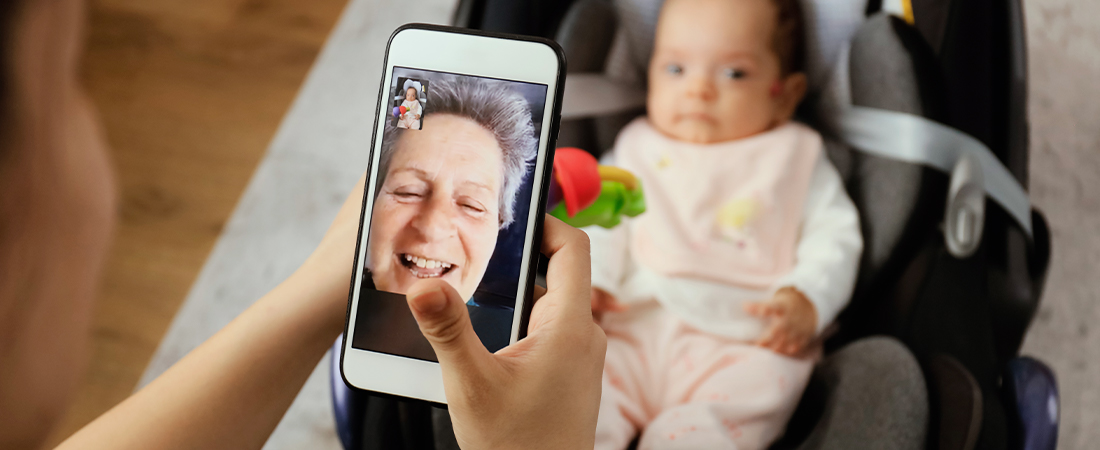How to Support Older People during the Pandemic: 3 Tips

People aged 60 and over are at the highest risk of experiencing significant health complications due to the COVID-19 outbreak. But the keys to preventing the spread of the coronavirus—quarantine and self-isolation—also have negative health impacts for their physical and mental health.
“Being socially isolated creates a health risk equivalent to smoking 15 cigarettes a day,” says Rebecca Jackson Stoeckle, who directs EDC’s initiatives in health, technology, and aging. She adds that the pandemic will also cause interruptions in how many older adults access their health care needs.
For example, “If you are an older adult who routinely goes to the local senior center to get your blood pressure checked, and that center is now closed, how will you monitor your health?” Stoeckle asks.
As the world tries to adapt to the new social realities imposed by COVID-19, it is essential that older adults continue to feel connected to loved ones, friends, and caregivers around them. Here, Stoeckle offers three tips for making this happen.
1. Embrace technology
Stoeckle says that the fact that more and more older adults are embracing mobile phones, social media, and online tools is a boon at a time when physical proximity to loved ones can actually be harmful to older adults’ health. She encourages families to use technology tools to stay in touch with each other.
Regular routines can be altered to include technology. For instance, families can use Skype to enable an older relative to join them for dinner or read bedtime stories.
“I see this as an opportunity for bonding, especially if a grandchild offers to talk to their grandparents through setting up a Skype account so they can see one another,” says Stoeckle.
2. Use existing support networks to stay active
Many older adults already have structures that help support their physical and emotional health and wellness—including faith communities, neighborhood or exercise groups, or even weekly bridge games with friends. In a time of social distancing, these networks can help older adults continue to feel connected, even if the events themselves are not happening.
Stoeckle recommends that loved ones check in with older adults about their support networks, and help them find ways to stay connected to these groups and routines. Some religious and civic organizations may already have a plan in place for reaching out to older adults in their community. If so, make sure that the older adults know that too, and help them connect with whatever services may be available.
Informal support networks may be harder to replicate, but it’s not impossible. For example, there are plenty of fitness apps that can help older adults stay active, even if they are not going to their weekly swim or Zumba class. And while card games may be harder to do virtually, keeping the routine of getting together with friends—even if it is only over the phone or Skype—is still valuable.
“The most important things are the human-to-human touch and helping people who live alone,” says Stoeckle. “I think we all need to identify people in our building, in our neighborhood, or in our life who may be vulnerable, and we have to make sure they are in touch with someone on a regular basis.”
3. Connect, connect, connect
Finally, Stoeckle says that the most important way to support older adults during this time is to connect however possible. Whether it’s a video chat, phone call, written letter, or even a text, those messages are vital to fostering connectivity and community.
“In many independent living communities, many people have a phone buddy—someone they talk to every day,” she says. “I’m hearing a lot of people say that they are going to start doing that with their loved ones now.”
Stoeckle stresses that even simple connections can be powerful—and that phone calls and text messages may be easier to continue for the long term anyway, once the need for virtual get-togethers fades away.
“In times like this, we feel the value of human connection even more powerfully,” Stoeckle says.